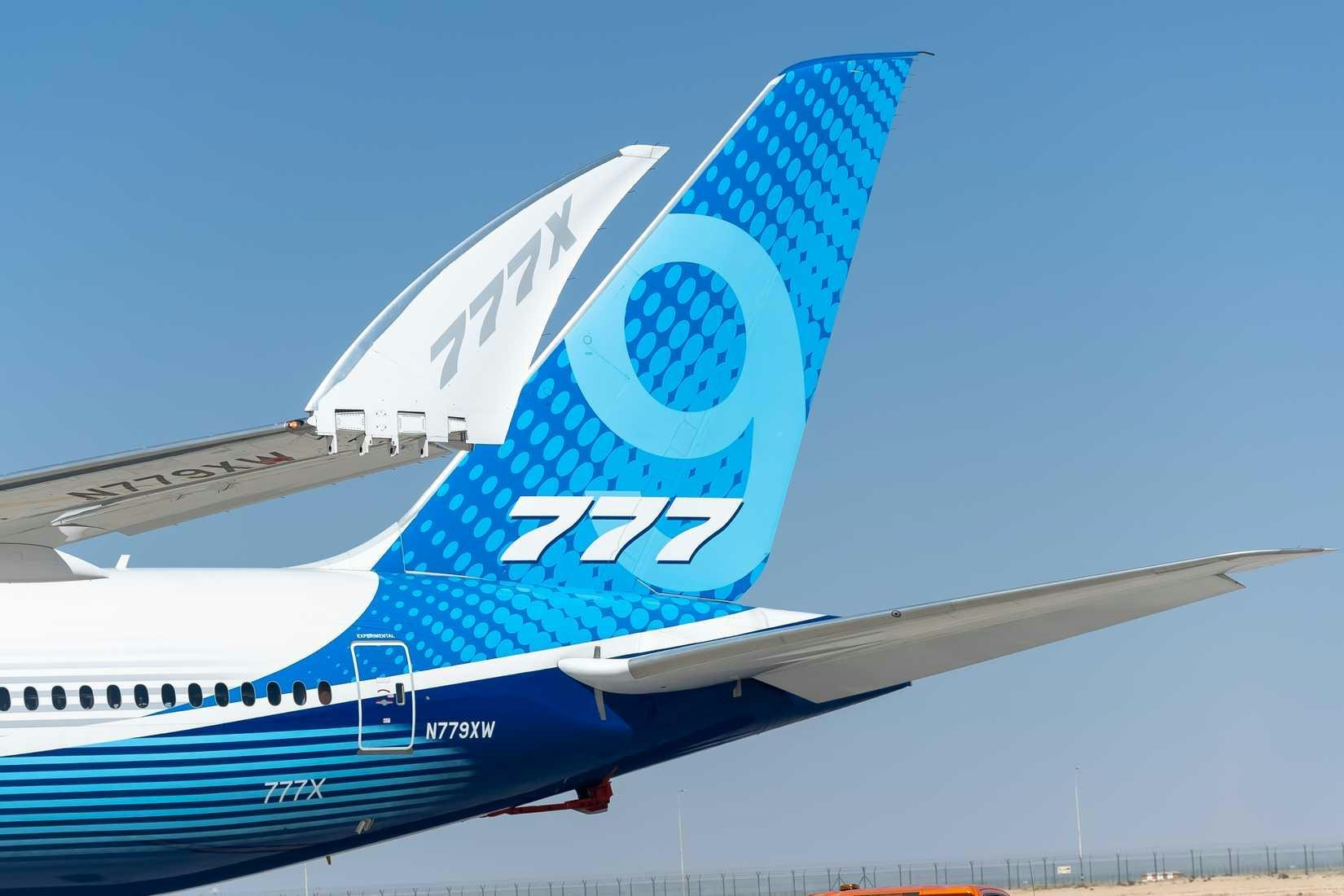
AeroGenie — Uw intelligente copiloot.
Trending
Categories
Riyadh Air Plans to Acquire Airbus A350-1000 as Flagship Aircraft
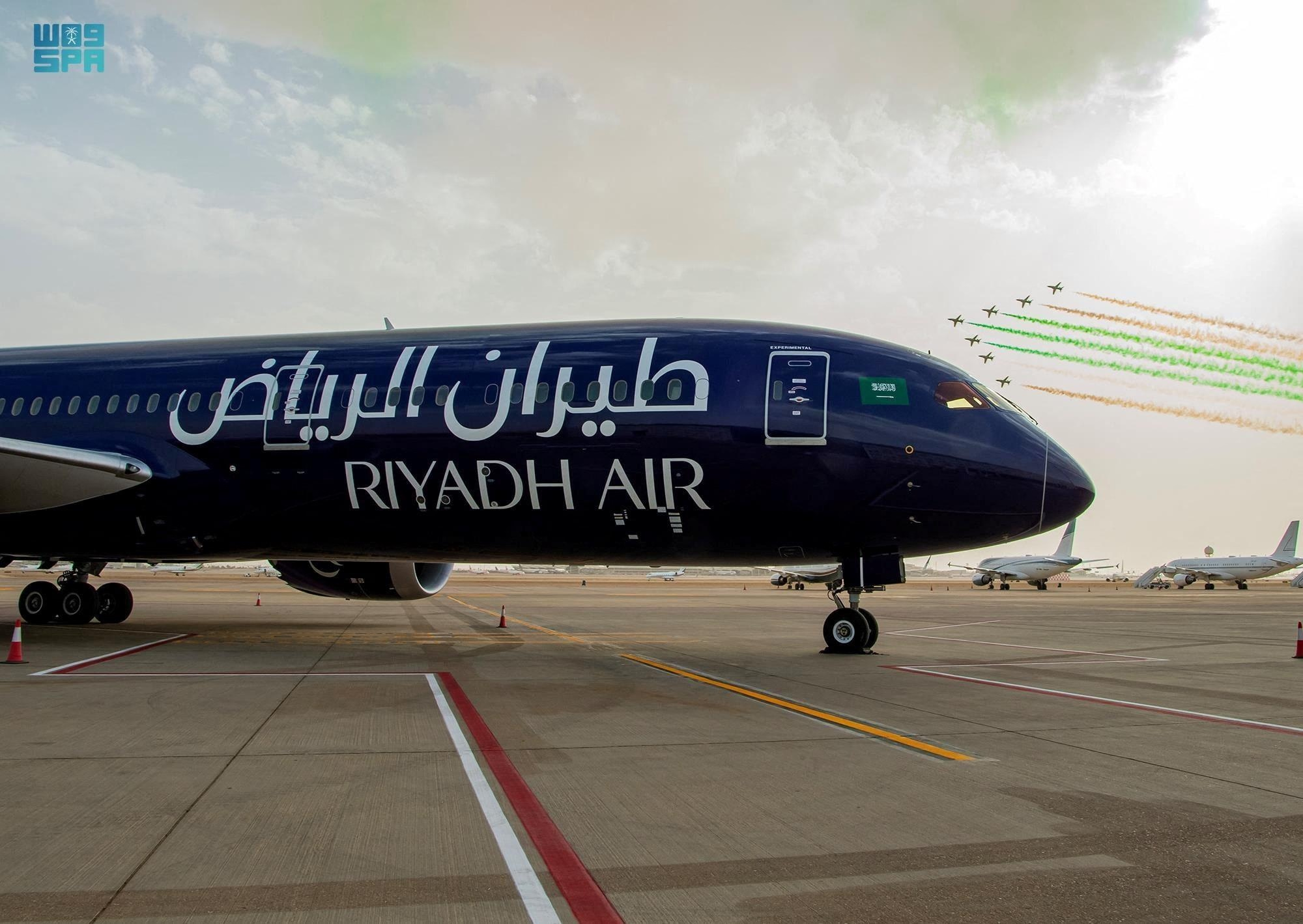
Riyadh Air to Select Airbus A350-1000 as Flagship Aircraft
Riyadh Air is preparing to finalize a significant fleet decision, with industry insiders reporting that the Saudi Arabian startup will designate the Airbus A350-1000 as its flagship aircraft. The anticipated order, expected to be formally announced at the Paris Air Show in June 2025, could involve the acquisition of approximately 50 A350s. This move represents a major milestone in the airline’s ambitious expansion strategy as it prepares to launch operations later that year.
The airline has already placed substantial orders for up to 72 Boeing 787-9s and as many as 60 Airbus A321neos. However, Riyadh Air has been assessing an additional wide-body aircraft to serve as the cornerstone of its long-haul network, with its options narrowed to the Airbus A350 and the Boeing 777X.
Strategic Selection: Airbus A350-1000 Versus Boeing 777X
Riyadh Air’s preference for the A350-1000 over the Boeing 777X reflects a combination of operational considerations and market conditions. The A350-1000, the largest variant in the A350 family, offers an advantageous blend of long-range capability, high passenger capacity, and efficient operating costs—critical attributes for a carrier targeting rapid international growth. Conversely, the Boeing 777X has encountered significant certification delays, now approximately six years behind schedule. For a nascent airline like Riyadh Air, the uncertainty surrounding the 777X’s entry into service poses a considerable risk.
This high-profile decision is attracting considerable attention within the aviation industry. Market analysts suggest that Riyadh Air’s move may trigger competitive responses from rival carriers, including potential fare adjustments and revised marketing strategies, as airlines compete for market share in the increasingly contested Middle Eastern aviation sector. The choice is also expected to influence future aircraft procurement trends and intensify the ongoing rivalry between Airbus and Boeing in the region.
Fleet Composition and Passenger Experience
While Riyadh Air will initially operate Boeing 787-9s, the A350-1000 is set to become the airline’s premier aircraft, deployed on its most critical long-haul routes. The airline recently revealed the cabin design for its Boeing 787 fleet, which notably excludes a first-class section. In contrast, the A350 will feature a first-class cabin, highlighting its role as the flagship product within Riyadh Air’s fleet.
The airline has made significant commitments to elevating passenger experience, aiming to establish new benchmarks in service and comfort. Supported by robust financial resources and a carefully devised strategy, Riyadh Air is positioning itself as a formidable new entrant in the global aviation market. Industry observers are closely monitoring how the airline’s strategic choices will influence both its own development and the broader competitive landscape.
Outlook
Riyadh Air’s expected order of around 50 Airbus A350s, predominantly the A350-1000 variant, will complement its existing mix of Boeing and Airbus narrow-body and wide-body aircraft. The forthcoming announcement at the Paris Air Show will not only clarify Riyadh Air’s fleet development plans but also signal evolving dynamics within the Middle Eastern aviation market, as competitors and manufacturers respond to this significant strategic initiative.
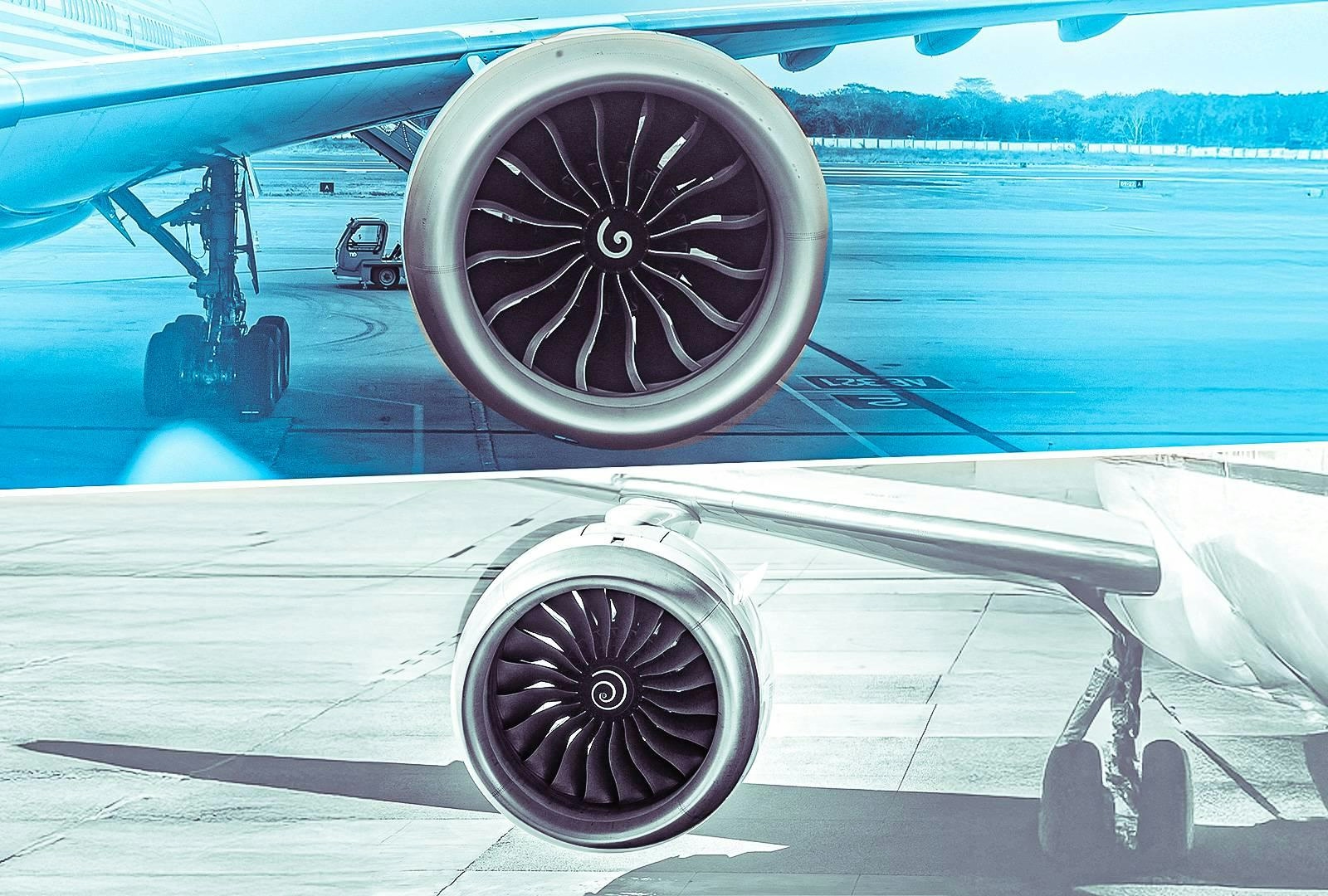
flydubai Signs Agreement with GE Aerospace for 60 GEnx-1B Engines

Emirates Orders 65 Boeing 777X Jets Worth $38 Billion, Deliveries Starting in 2027
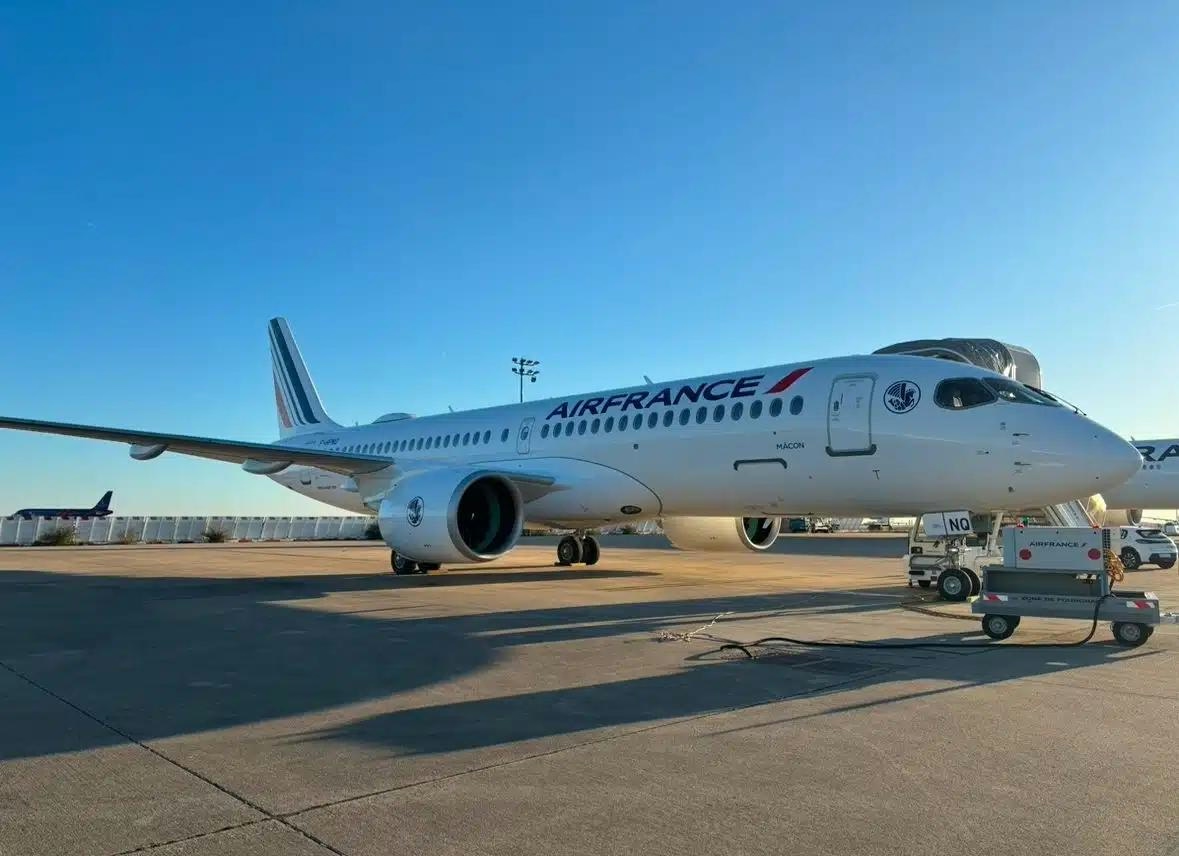
ABL Aviation Delivers Final A220 Aircraft to Air France
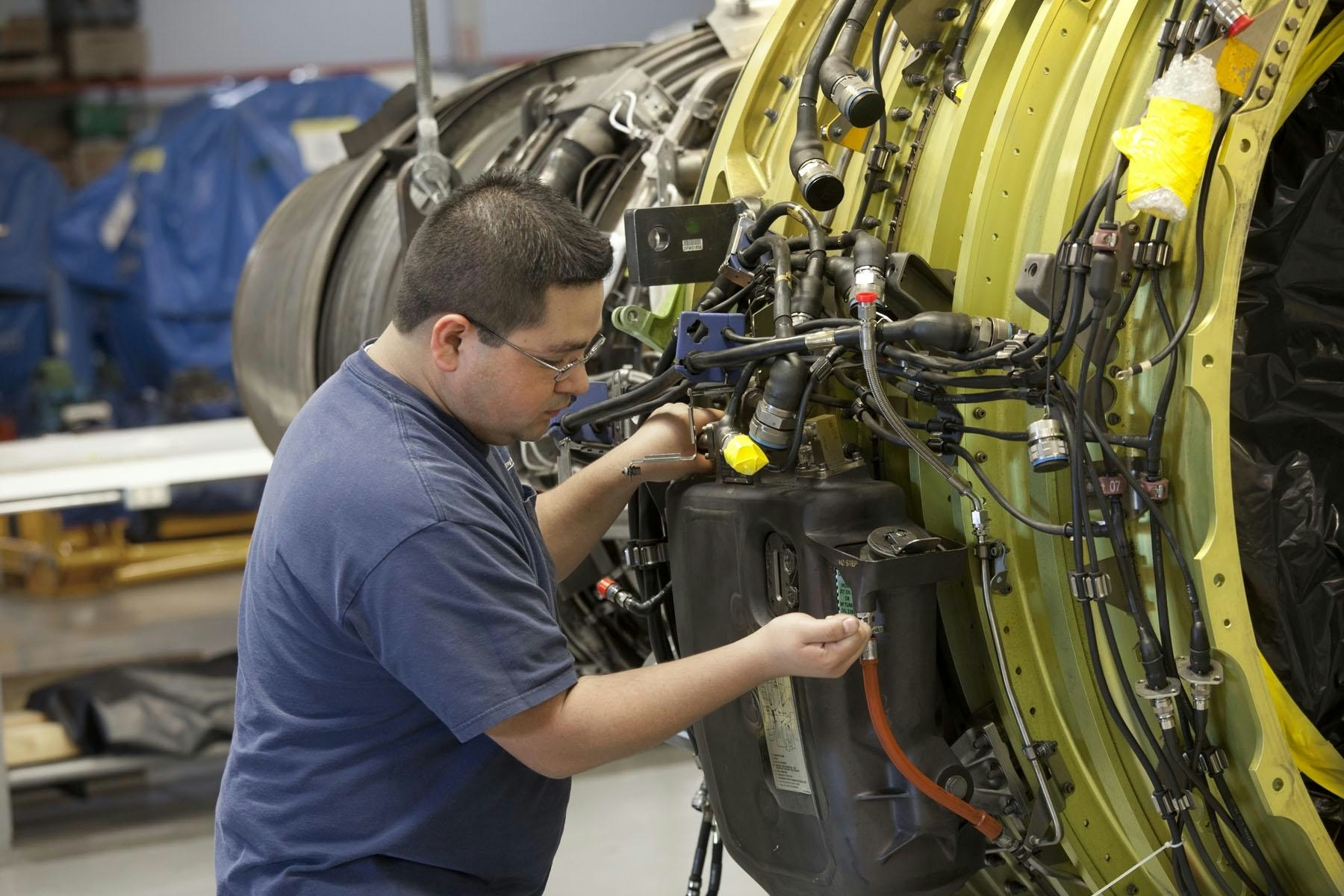
GE Signs Deal with Emirates for GE9X Engines

flydubai Orders 60 GEnx Engines for New Boeing 787 Fleet
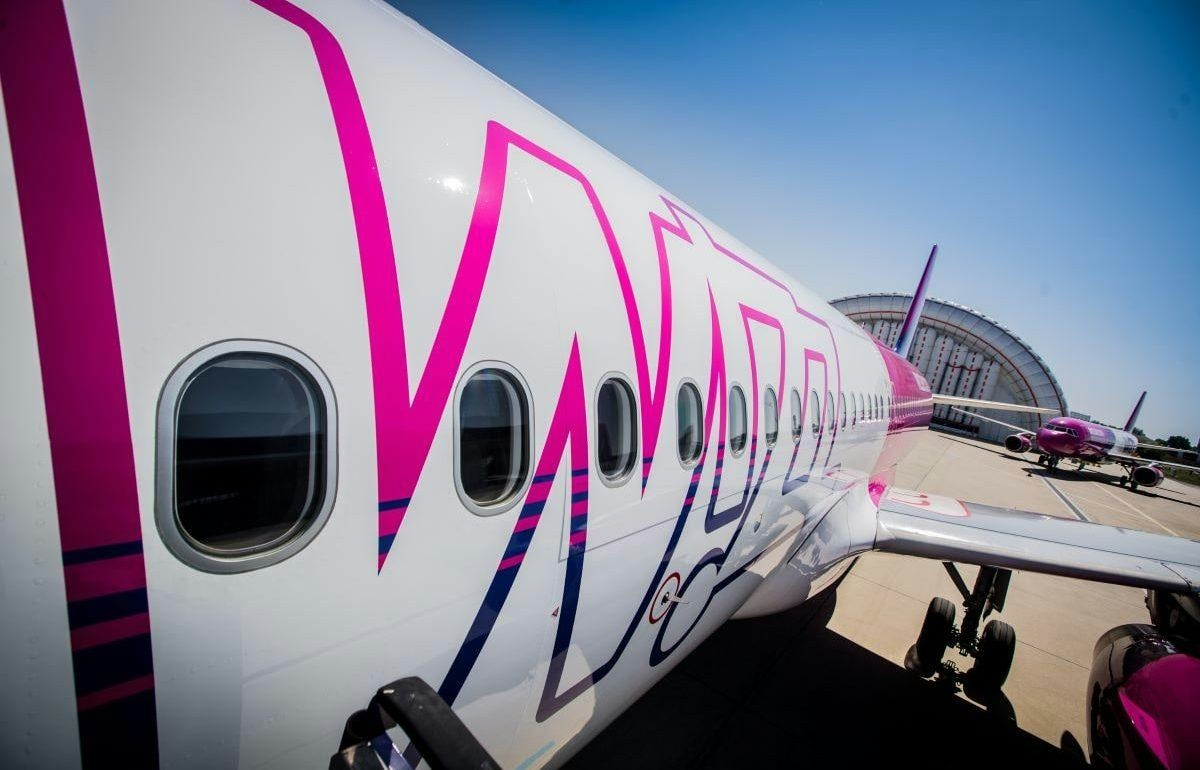
Wizz Air Renews Maintenance Partnership with FL Technics

Global Air Traffic Management Software Market Projected to Reach $12.6 Billion by 2034
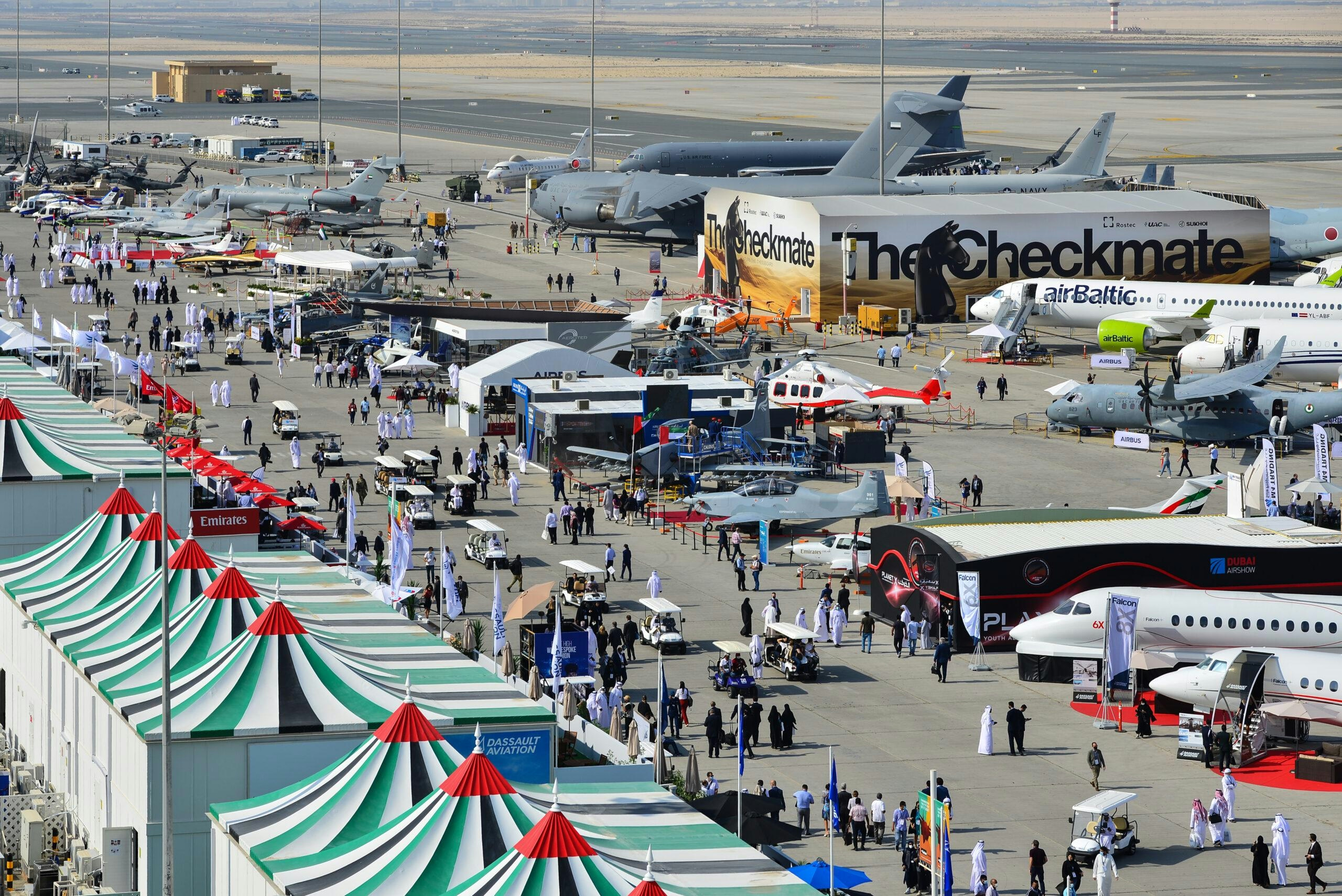
US and Over 90 Countries Convene at Dubai Airshow 2025 to Discuss Aviation and Technology
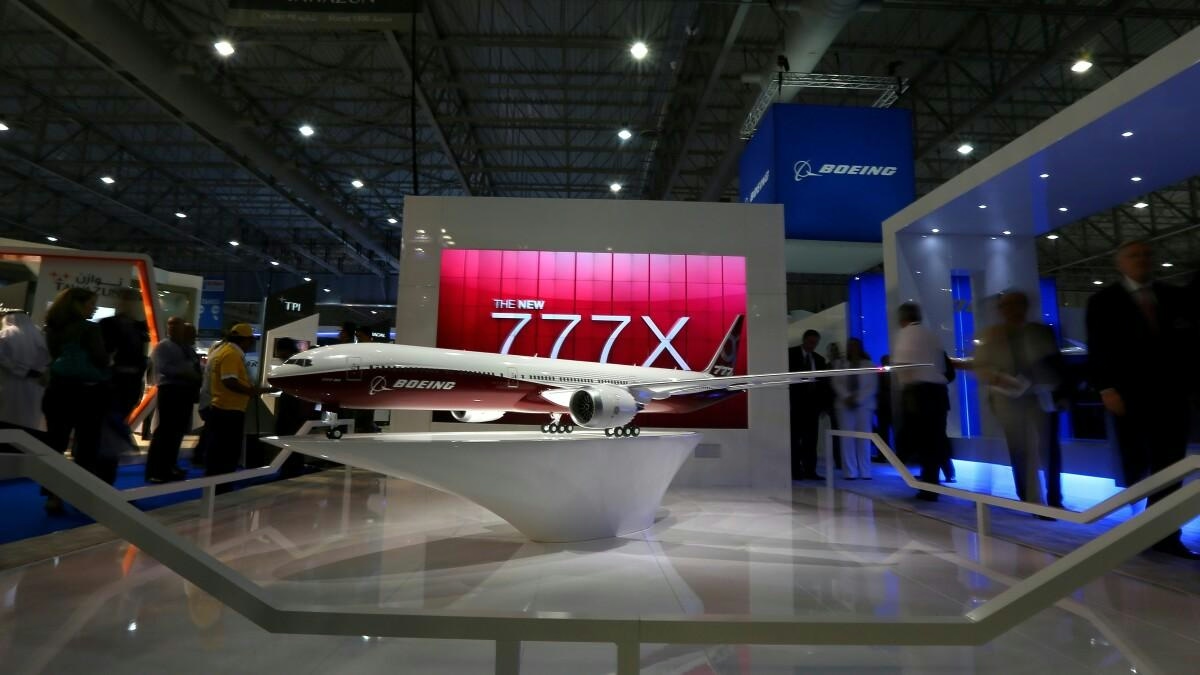
Emirates Announces Major 777X Order at Dubai Airshow 2025
